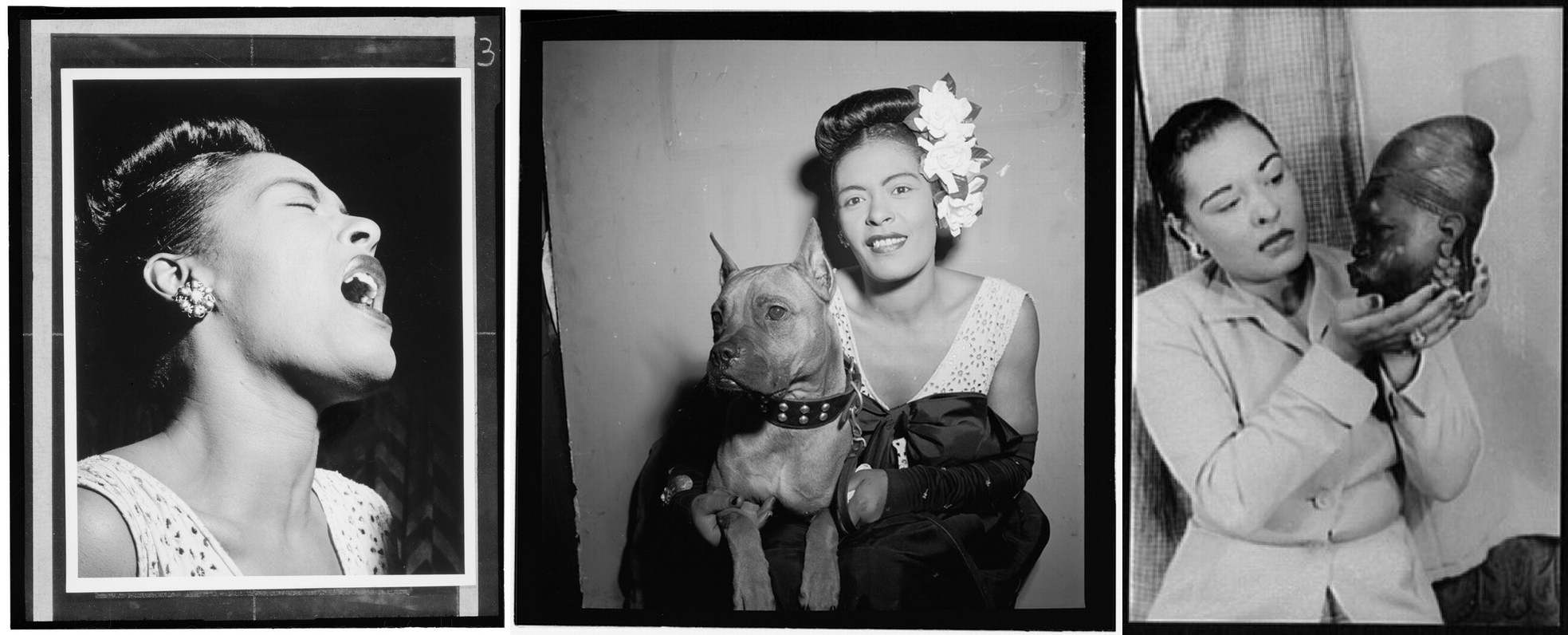Students have access to more information than ever before, and it can be very hard to keep up and to evaluate. Using primary sources can help students hone the skills needed to analyze and evaluate both historical primary sources and information they see on social media and other outlets.
Historical primary sources offer rich information about the past, but they can also, intentionally or not, fool a casual observer. Students must learn to ask why a primary source was created, and how point of view and the creator’s purpose play a role in understanding and interpreting a primary source.
Share this series of images with your students and ask them which ones are of the same person. What details from the photographs informed their decision? 
All of them are of Billie Holiday, taken by two different photographers. The photographers had different purposes: William Gottlieb, who took the two photos on the left, documented the jazz scene, while Carl Van Vechten, who took the photo on the right, promoted black artists and performers. Close observation of details can deepen understanding of why each image was created. You can find more information in this blog post.
Next, present students with this item, allow time for them to study the item and discuss details, and then ask why it might have been created.

What do they wonder about this item? What clues are there that it might not be what it looks like at first glance? Encourage students to reflect on what was happening in 1864. Also, encourage them to consider the note on the item record, which indicates that it was “probably printed by the Democratic committee in 1864.” Additional information about this item can be found here.
Ask your students if they watch videos or other visual presentations online, and then share these two historical films. Ask students to consider which gives the more accurate account of the event.
What differences and similarities do they see? What clues or hints do students get from each recording? How might they use the skills they used when reviewing these two films when looking at other video recordings?
Remind students that taking the time to closely examine and question what they see and read can help them engage more fully in their communities and the larger world.
How might you use these three activities with your students? Let us know in the comments.


Comments (2)
GREAT resource for all students
i like the storey